What is On-Page SEO and Why is it Important?
![]()
On-Page SEO is a set of actions taken within a website to improve its ranking in search engines.
These actions include optimizing content, site structure, HTML tags, and more.
The importance of On-Page SEO lies in the fact that it helps search engines better understand the content of the site and display it to the appropriate audience.
Without a strong On-Page SEO strategy, even the best content may not be seen in search results.
#Keywords play a crucial role in this process.
In fact, On-Page SEO is the foundation of any successful SEO strategy.
On-Page SEO helps you attract more organic traffic.
Optimizing various site elements, such as titles, meta descriptions, and page content, ensures that your site ranks better for relevant keywords in search results.
This improved ranking leads to an increase in visitors who are looking for information or products that you offer.
In addition, On-Page SEO improves user experience.
When your site has a proper structure, its content is readable and relevant, and its loading speed is fast, users will have a better experience.
This causes them to stay longer on your site, view more pages, and increase the likelihood of them becoming customers.
On-Page SEO is a valuable investment for any business that wants to succeed in the online world.
How much does losing business leads due to an unprofessional website cost you? Solve this problem forever with a professional corporate website design by Rasaweb!
✅ Increase the credibility and trust of potential customers
✅ Attract new business leads more easily
⚡ Get a free consultation now!
Keyword Research and Choosing the Best Ones
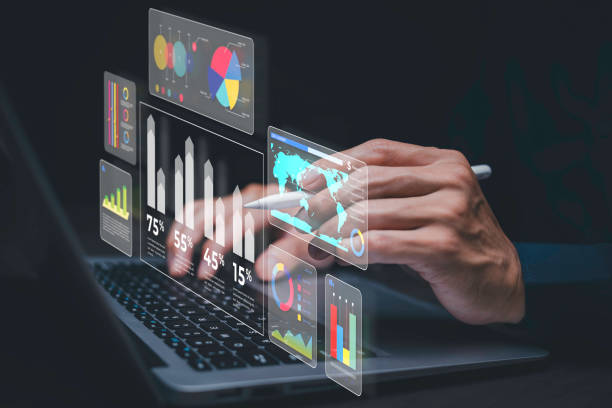
#Keyword research is a fundamental step in On-Page SEO.
This process involves identifying the words and phrases that users enter into search engines to find information or products related to your business.
There are various tools available for keyword research, including Google Keyword Planner, Ahrefs, and SEMrush.
Each of these tools has its own specific features and capabilities that help you find the right keywords.
When choosing keywords, you should pay attention to a few points.
Firstly, the keywords should be relevant to your business and website content.
Secondly, they should have a decent search volume.
This means that a sufficient number of users are searching for these words.
Thirdly, their level of competition should be reasonable.
This means that ranking for these keywords should not be too difficult.
On-Page SEO depends on choosing the right keywords.
After selecting keywords, you should use them in your website content.
However, you should be careful to use these words naturally and in context.
Overusing keywords (keyword stuffing) can cause search engines to penalize your site.
On-Page SEO is the art of using keywords correctly.
Optimizing Titles and Meta Descriptions

Title Tags and Meta Descriptions are two important elements in On-Page SEO.
Titles are displayed at the top of the browser page and are one of the first things search engines look at when evaluating a page.
Meta descriptions also provide a summary of the page’s content and are displayed in search results below the title.
Properly optimizing these two elements can help improve the site’s ranking in search engines.
To optimize titles, you should use the page’s main keywords and keep the title engaging and relevant to the content.
The title length should be between 50 and 60 characters to be fully displayed in search results.
To optimize meta descriptions, you should provide an accurate and engaging summary of the page’s content and use relevant keywords.
The meta description length should be between 150 and 160 characters.
On-Page SEO pays special attention to these two.
On-Page SEO with meta description and title tag optimization helps you increase click-through rate (CTR) and attract more users to your site.
This increases your site’s organic traffic and, as a result, your business thrives.
| Element | Description |
|---|---|
| Title Tag | The title of the page that is displayed at the top of the browser and in search results. |
| Meta Description | A summary of the page’s content that is displayed below the title in search results. |
Content Optimization

Optimizing page content is one of the most important aspects of On-Page SEO.
Your content should be relevant, valuable, and engaging to your audience.
It should also be optimized for target keywords.
This means that keywords should be used naturally in the text, but should not be repeated artificially.
On-Page SEO says good content increases ranking.
In addition, your content should be readable and understandable.
Use short paragraphs, subheadings, and lists to make it easier for users to read.
You should also use images, videos, and other multimedia elements to make the content more engaging.
On-Page SEO emphasizes the production of quality content.
On-Page SEO by optimizing content helps you attract more organic traffic, reduce bounce rate, and increase user dwell time on the site.
All of these factors help improve your site’s ranking in search engines.
Internal linking is also important in this section.
Did you know that 85% of customers check your company’s website before any interaction?
With Rasaweb, build a corporate website that deserves your reputation.
✅ Increase customer credibility and trust
✅ Attract high-quality leads⚡ Get a free website design consultation
Image Optimization
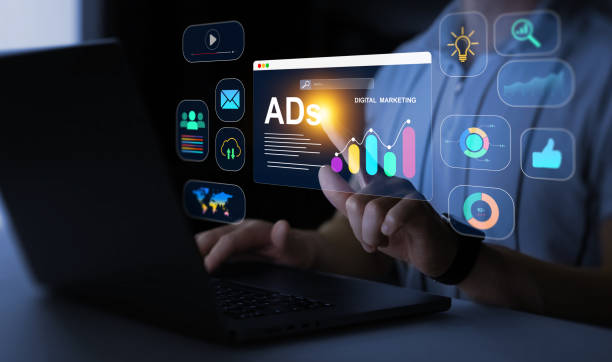
Image optimization is an important part of On-Page SEO that is often overlooked.
Images can make your content more engaging and understandable, but if not optimized properly, they can slow down site loading speed and affect user experience.
To optimize images, you should save them in the appropriate format (such as JPEG or PNG), reduce the file size, and use Alt Text to describe the image.
On-Page SEO images help increase site speed.
Alt Text is a short description of the image that is displayed if the image does not load.
Also, search engines use Alt Text to understand the content of the image.
To optimize Alt Text, you should use keywords related to the image and page content.
Image optimization is an important aspect of SEO.
On-Page SEO by optimizing images helps you increase site loading speed, improve user experience, and improve your site’s ranking in search engines.
Using high-quality images is also important in this regard.
Internal Linking

Internal linking is an important strategy in On-Page SEO that helps search engines better understand your site structure and identify more important pages.
Also, internal linking helps users easily navigate your site and find the information they need.
For internal linking, you should link related pages to each other and use appropriate anchor text.
Anchor text is the text that links to another page.
On-Page SEO specifies the relationship between pages by linking.
For example, if you have a page about “On-Page SEO,” you can link it to a page about “keyword research.”
In the anchor text, you can use words like “keyword research” or “keyword research guide.”
This helps search engines understand that these two pages are related.
On-Page SEO helps increase ranking by internal linking.
On-Page SEO with internal linking helps you attract more organic traffic, reduce bounce rate, and increase user dwell time on the site.
Also, internal linking can help distribute link juice on your site.
URL Optimization
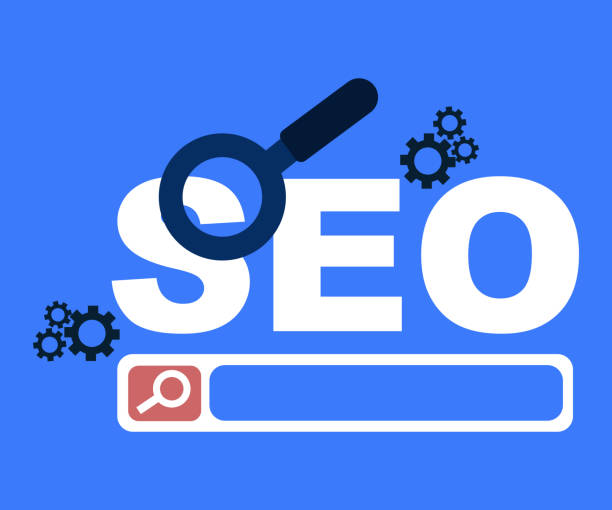
URL optimization is another important aspect of On-Page SEO.
Your page URLs should be short, descriptive, and include relevant keywords.
Long and complex URLs are difficult for search engines and users.
To optimize URLs, you should use hyphens (-) instead of underscores (_) to separate words and use lowercase letters.
On-Page SEO says the url should be short and relevant.
For example, if you have a page about the “Comprehensive On-Page SEO Guide,” the URL can be “/comprehensive-on-page-seo-guide/”.
This URL is short, descriptive, and includes the keyword “On-Page SEO.”
On-Page SEO URL optimization helps search engines better understand the page’s content and display it to the right users.
On-Page SEO with URL optimization helps you improve your site’s ranking in search engines and attract more organic traffic.
Using a logical and hierarchical URL structure is also important in this regard.
| Feature | Description |
|---|---|
| Short and Readable | The URL should be short and easy to read. |
| Include Keywords | The URL should include keywords related to the page content. |
| Use Hyphens | Use hyphens (-) to separate words in the URL. |
Site Speed Optimization
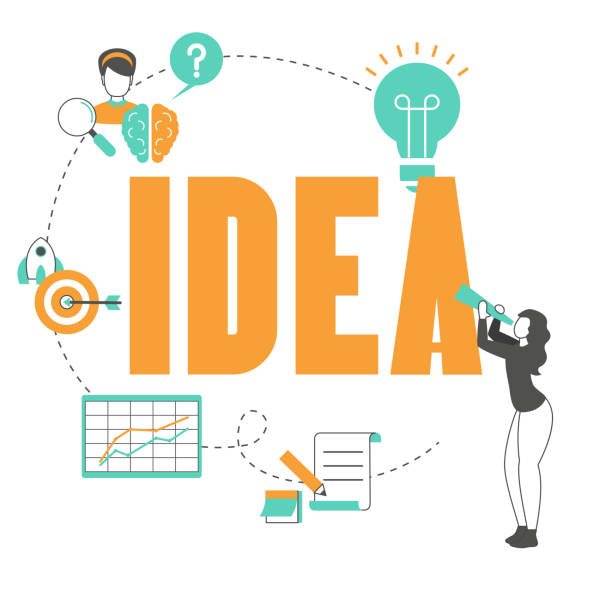
Site speed is an important factor in user experience and On-Page SEO.
Users expect site pages to load quickly, and if your site is slow, they may leave.
Search engines also value site speed, and sites that load faster rank better.
To optimize site speed, you should optimize images, use an optimized content management system (CMS), use a content delivery network (CDN), and enable site cache.
On-Page SEO improves ranking by increasing site speed.
Google PageSpeed Insights is a tool that helps you evaluate your site’s speed and identify its problems.
This tool provides helpful suggestions for improving site speed.
On-Page SEO helps you fix site problems with speed optimization tools.
On-Page SEO by optimizing site speed helps you improve user experience, reduce bounce rate, and improve your site’s ranking in search engines.
Using quality hosting is also important in this regard.
Do you dream of a thriving online store but don’t know where to start?
Rasaweb is your comprehensive e-commerce website design solution.
✅ Attractive and user-friendly design
✅ Increase sales and revenue⚡ Get a free consultation
Mobile Optimization
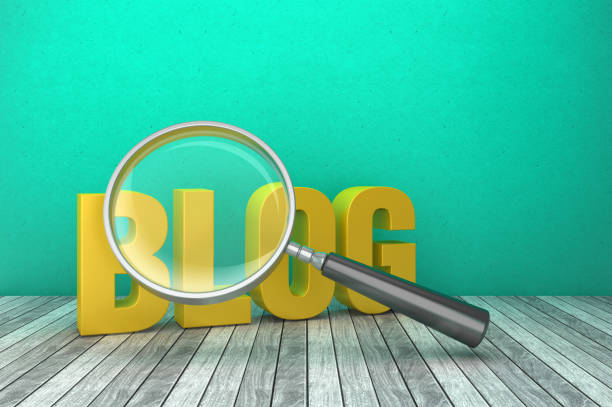
Given the increasing use of mobile, mobile optimization is one of the most essential aspects of On-Page SEO.
Your site should be responsive, meaning it automatically adapts to the screen size of different devices.
Also, your site should have a high loading speed and be easy to use on mobile.
On-Page SEO improves ranking by optimizing for mobile.
Google uses Mobile-First Indexing, meaning it considers the mobile version of your site as the primary version for indexing and ranking.
Therefore, if your site is not optimized for mobile, you may lose your ranking in search results.
On-Page SEO helps you maintain your ranking by using responsive design.
On-Page SEO by optimizing for mobile helps you improve user experience, attract more organic traffic, and improve your site’s ranking in search engines.
Testing the site on different devices and using a simple and functional design is also important in this regard.
Monitoring and Measuring Results

After taking On-Page SEO measures, you need to monitor and measure the results to see if your strategy has been effective.
There are various tools for monitoring and measuring results, including Google Analytics and Google Search Console.
Using these tools, you can track site traffic, keyword ranking, and other important metrics.
On-Page SEO helps you improve your strategy by monitoring.
Google Analytics helps you analyze your site traffic, understand where users are coming from, what pages they visit the most, and how long they stay on your site.
Google Search Console helps you track your site’s performance in search results, identify site errors, and submit your sitemap.
On-Page SEO helps you make better decisions by using data.
On-Page SEO by monitoring and measuring results helps you improve your strategy, optimize your site’s performance, and achieve your desired results.
Making changes and A/B testing is also important in this regard.
On-Page SEO is an ongoing process and requires effort and follow-up.
Frequently Asked Questions
| Row | Question | Answer |
|---|---|---|
| 1 | What is On-Page SEO? | On-page SEO refers to a set of actions that are performed within a website (on its pages) to improve the site’s ranking in search engine results. This includes optimizing content, site structure, and HTML codes. |
| 2 | Why is On-Page SEO important? | On-page SEO helps search engines to better understand the content of the page and to determine whether that page is relevant and valuable for user searches. This better understanding leads to a higher ranking. |
| 3 | What is the first and most important step in on-page SEO? | Keyword Research is the most important initial step. By finding the right keywords, you can produce targeted content that is relevant to the needs of users. |
| 4 | What is the role of the Title Tag in on-page SEO? | The title tag is one of the most important ranking factors and should include the main keyword. This tag is displayed in search results as the page title and affects the click-through rate (CTR). |
| 5 | What is the importance of Meta Description? | The meta description does not directly affect ranking, but by providing an attractive summary of the page’s content in search results, it can encourage users to click and thus increase the click-through rate (CTR). |
| 6 | Why is it important to use headings (H1, H2, etc.) in content? | Headings help to structure content and improve readability for users and search engine crawlers. Using keywords in headings also helps the search engine to better understand the topic. |
| 7 | What does image optimization in on-page SEO include? | Includes compressing images to reduce size, using descriptive and relevant filenames, and filling in the Alt tag (alternate text) with relevant keywords to help search engines understand the content of the image. |
| 8 | What is meant by internal linking in on-page SEO? | Internal linking refers to creating links between different pages of a website. This helps to distribute page equity, improve user experience, and help search engine crawlers discover new pages. |
| 9 | Why is page speed important for on-page SEO? | Page speed is a direct ranking factor and greatly affects user experience. Slow pages can lead to an increase in bounce rate and a decrease in user engagement. |
| 10 | What role does quality content play in on-page SEO? | Quality content that is comprehensive, unique, and valuable to the user is the core of on-page SEO. This content not only attracts and retains users, but also sends positive signals to search engines and helps to improve ranking. |
And other services of Rasa Web Advertising Agency in the field of advertising
Smart Website Development: An effective tool for user interaction by customizing the user experience.
Smart Google Ads: Professional optimization to increase sales using intelligent data analysis.
Smart Customer Journey Map: A creative platform to improve customer behavior analysis with a SEO-driven content strategy.
Smart Custom Software: An effective tool for online growth by using real data.
Smart Advertising Campaign: A new service to increase website visits through Google Ads management.
And more than hundreds of other services in the field of internet advertising, advertising consulting and organizational solutions
Internet Advertising | Advertising Strategy | Advertorial
Resources
What is On-Page SEO?
, What is On-Page SEO?
, What is On-Page SEO and Why is it Important?
, What is On-Page SEO? Comprehensive and Complete Guide + Checklist
? For the growth and visibility of your business in the online space, Rasa Web Digital Marketing Agency is by your side by providing comprehensive and specialized services. Among our services is Corporate Website Design in accordance with the latest international standards.
📍 Tehran, Mirdamad Street, next to the Central Bank, South Kazerun Alley, Ramin Alley No. 6



